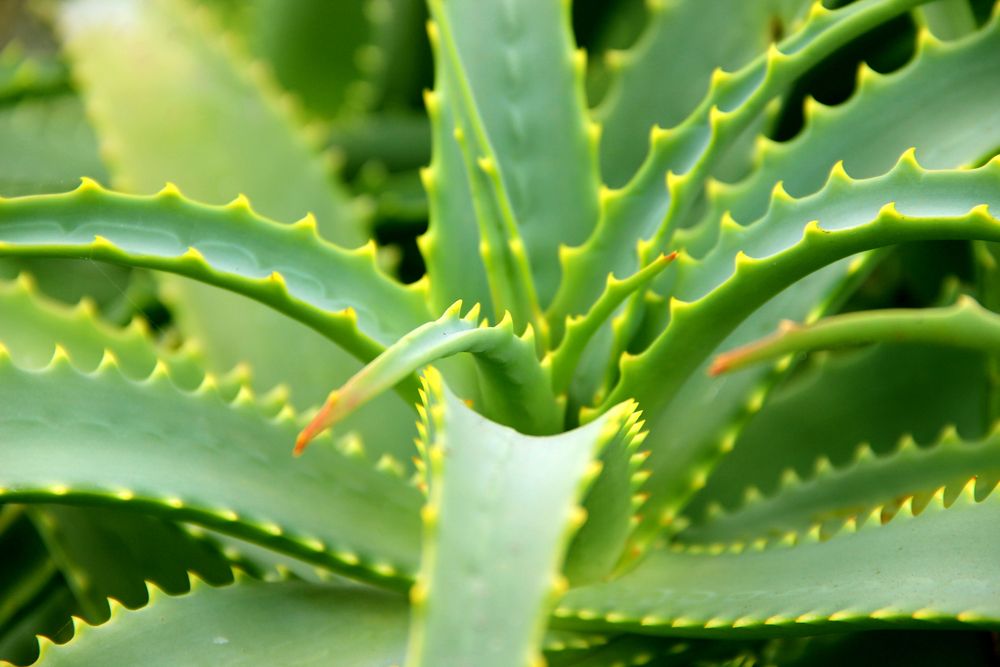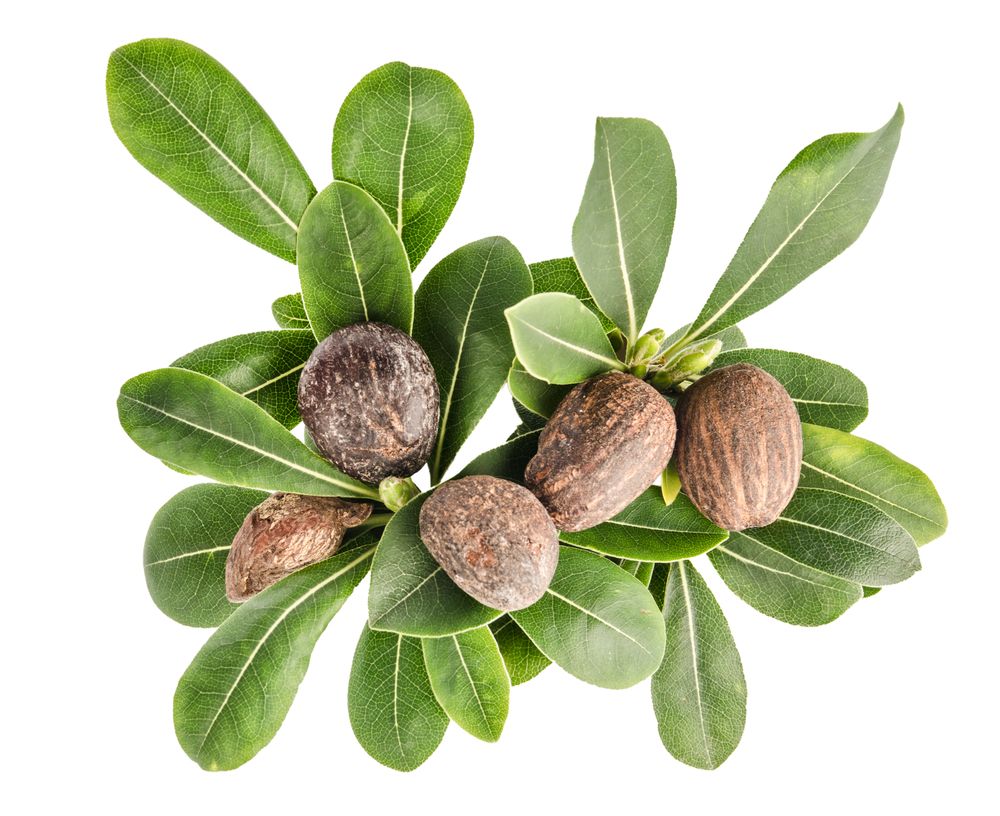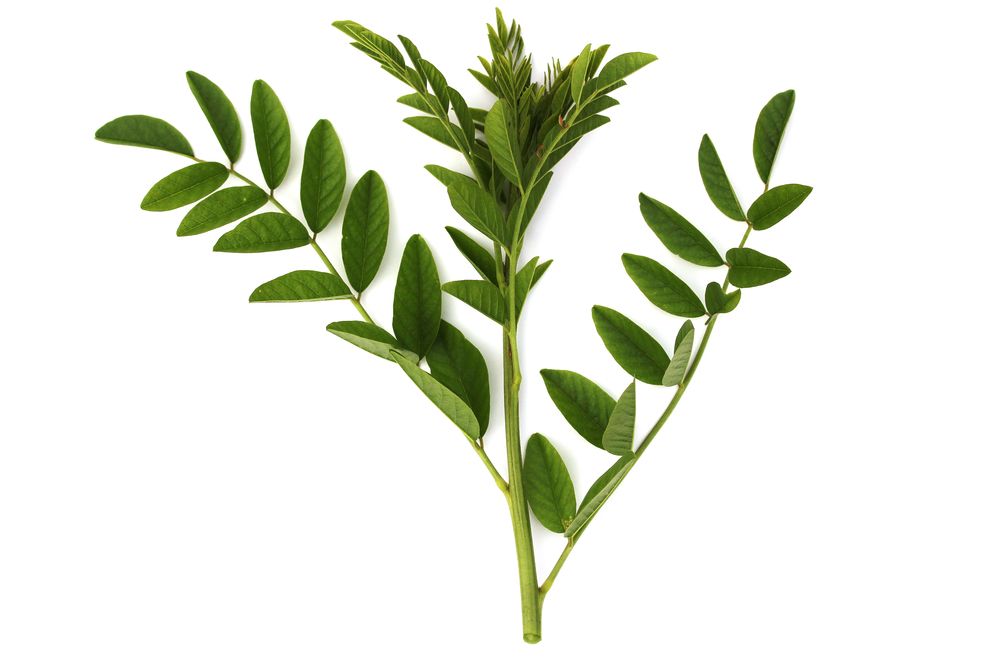- Acne
- Actinic Keratosis
- Aesthetics
- Alopecia
- Atopic Dermatitis
- Buy-and-Bill
- COVID-19
- Case-Based Roundtable
- Chronic Hand Eczema
- Chronic Spontaneous Urticaria
- Drug Watch
- Eczema
- General Dermatology
- Hidradenitis Suppurativa
- Melasma
- NP and PA
- Pediatric Dermatology
- Pigmentary Disorders
- Practice Management
- Precision Medicine and Biologics
- Prurigo Nodularis
- Psoriasis
- Psoriatic Arthritis
- Rare Disease
- Rosacea
- Skin Cancer
- Vitiligo
- Wound Care
Article
Cornerstone therapy in atopic dermatitis
Author(s):
Moisturizers were described as the “cornerstone of therapy” in atopic dermatitis in the 2014 AAD guidelines for topical therapies in atopic dermatitis, but the products differ greatly by ingredients which can improve the condition or make it worse.
For patients with atopic dermatitis, moisturizers may be the most important treatment. However, with impaired skin barrier functions, thinner stratum corneum cell layers and larger follicular pores, atopic dermatitis patients are vulnerable to adverse skin reactions.
Selecting a moisturizer without sensitizing agents is a good start, but beyond that, the choice most often comes down to individual preference, wrote Eichenfield et al. in the 2014 American Academy of Dermatology treatment guidelines for atopic dermatitis topical therapies.
Moisturizers were described as the âcornerstone of therapyâ in atopic dermatitis in the guidelines, but the products differ greatly by ingredients which can improve the condition or make it worse. There is also considerable debate over which delivery systems work best: creams, ointments, oils, gels or lotions.
Clinical trials comparing moisturizers in head to head trials are far and few between and of the trials that have been conducted, the findings are inconsistent. In one study cited in the 2014 guidelines, of 39 people with mild to moderate atopic dermatitis, there was no difference in efficacy among patients who used hydrolipid cream with glycyrrhetinic acid; or, creams containing ceramides, cholesterol and free fatty acids cream; or, over-the-counter petroleum-based skin protectant. Another study showed similar results for an over-the-counter oil-based moisturizing cream and a palmitoylethanolamide-containing PED.
In the United Kingdom, the guidelines are more specific. For mild-moderate atopic dermatitis, occlusive emollient creams depending on barrier thickness, lipid content variability, disease severity and body site, are recommended. For moderate-severe atopic dermatitis, occlusive emollient ointment is recommended. For severe atopic dermatitis, occlusive ointment with zero water content is advised.
In the Asian-Pacific region, consensus guidelines recommend regularly moisturizing while taking into account humidity, climate, skin type, degree of dryness, disease duration and severity, age, treatment compliance and adjuvant properties.
REVIEW OF MOISTURIZERS WITH NATURAL INGREDIENTS
In a published review on the role of moisturizers with herbal and other natural ingredients for dermatitis, Schandra Purnamawati, M.D., and colleagues from the Universitas Gadjah Mada in Indonesia, recommend moisturizers as a key treatment in atopic dermatitis along with trigger avoidance and other therapeutic treatments. The article appears in the December issue of Clinical Medicine and Research (CMR).
Although few, clinical trials of moisturizers with natural oils show that some natural ingredients can lead to significant improvements in dermatosis, Purnamawati and colleagues wrote. Among the most powerful of ingredients include natural oils with a low ratio of oleic acid (OA) ratio to a high ratio of linoleic acid (LA).
âHigh linoleic acid concentrations are believed to accelerate skin barrier repair and development, improving skin hydration, and ameliorate AD severity, making them perfect for steroid sparing. Safflower oil, sunflower seed oil, and sea buckthorn seed oil are natural oils with highest LA/OA ratios,â the authors wrote.
A recent study of Bangladesh pre-term infants showed that moisturizers with sunflower seed oil provided an âexcellent barrier repairâ reducing risk for developing nosocomial infections by 41 percent. By contrast, olive oil, which as a low LA/OA ratio, can significant deteriorate skin barrier.
Most skin conditions benefit from restoring skin ceramide levels. For atopic dermatitis, the authors recommend only moisturizers that contain natural or synthetic ceramides.
âAccording to Chamlin et al, topical mixtures of three key stratum corneum (SC) lipids consisting of ceramide, cholesterol, and free fatty acids in optimal proportions (3:1:1 molar ratio) can accelerate barrier repair following various external, acute or sustained skin barrier disruption. Unlike non- physiologic lipid mixtures such as petrolatum, physiologic lipids (ceramides, cholesterol and free fatty acids) can traverse both intact and disrupted SC,â the authors wrote.
HOW HERBAL INGREDIENTS FARE
ALOE VERA
Newer moisturizers tend to contain anti-inflammatory ingredients, such as aloe vera, but these and other natural anti-inflammatories may not be suitable for patients with allergies. Moisturizers with 0.1, 0.25 and 0.5% of aloe vera extract applied for two weeks can increase skin hydration without transepidermal water loss, a study cited in the review showed.

Aloe Vera
BISABOLOL
The chamomile extract, bisabolol, has been shown to produce significant improvements in pruritus and other symptoms associated with atopic dermatitis. A randomized, double-blind clinical trial of 278 AD patients showed that when combined with heparin, α-bisabolol, applied twice daily for eight weeks âsignificantlyâ improved symptoms.
SHEA BUTTER
Derived from butyrospermum parkii kernels, shea butter mostly consists of stearic and oleic acids (85-90%). Albeit in small amounts, it also contains triterpene acetate and cinnamate esters which can have anti-inflammatory and anti-tumor properties.

Shea butter
GLYCYRRHETINIC ACID
The licorice root extract, glycyrrhetinic acid, contains anti-inflammatory, antiviral and anti-tumor effects. Licorice root also contains other properties that are beneficial in atopic dermatitis: licochalcone A, B and D. A study involving children with mild to moderate atopic dermatitis, showed that a moisturizer containing licochalcone and applied twice daily improved symptoms over AD patients who were treated with hydrocortisone lotion.

Licorice Root
NIACINAMIDE
The vitamin niacinamide was shown to improve skin barrier functions by increasing epidermal ceramides and other intercellular lipids levels by promoting serine palmitoyltransferase upregulation. Applied twice daily, moisturizers with niacinamide were shown to decrease transepidermal water loss, reduce inflammation and increase stratum corneum thickness.
PALMITOYLETHANOLAMIDE
The endogenous lipid, palmitoylethanolamide (PEA) derives from the fatty acid N-acylethanolamine. âIt resembles stratum corneum components and functions as peroxisome proliferatorsactivated receptor α agonist.â Moisturizers with this ingredient contain both anti-inflammatory and analgesic properties. A clinical trial of 2,456 mild to moderate patients with severe atopic dermatitis, showed that these moisturizers improved pruritus, dryness and eczema in atopic dermatitis patients who were taking topic corticosteroids.
ZINC GLUCONATE
The zinc salt, zinc gluconate, from gluconic acid has been shown to reduce skin inflammation. âRecent evidence shows that its anti-inflammatory effect may target peroxisome proliferator-activated receptors-α (PPARs-α), human β-defensin-2, and the calcium-binding protein psoriasin.
COMBINATION INGREDIENTS
A combination of glycyrrhetinic acid (from the herb liquorice), Vitis vinifera (grape seed extract) and telmesteine in combination with shea butter (emollient) and hyaluronic acid (humectant), make-up the product MAS063DP (Atopiclair). It was the first product approved by the U.S. Food and Drug Administration for allergic contact dermatitis. Some studies have suggested that it can be used as monotherapy for both pediatrict and adult milder to moderate atopic dermatitis.
REFERENCES
Schandra Purnamawati, MD; Budi Satria, MD; Niken Indrastuti, et al. "The Role of Moisturizers in Addressing Various Kinds of Dermatitis: A Review," Dec. 11, 2017. Clinical Medicine and Research. DOI:10.3121/cmr.2017.1363
Lawrence F. Eichenfield, MD, Wynnis L. Tom, MD, et al. "Section 2. Management and treatment of atopic dermatitis with topical therapies," Journal of the American Academy of Dermatology. July 2014. DOI:10.1016/j.jaad.2014.03.023
Newsletter
Like what you’re reading? Subscribe to Dermatology Times for weekly updates on therapies, innovations, and real-world practice tips.








